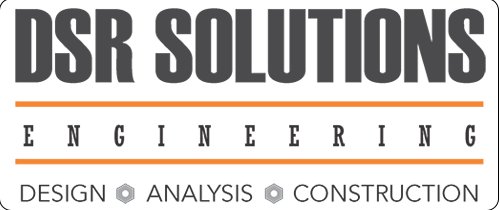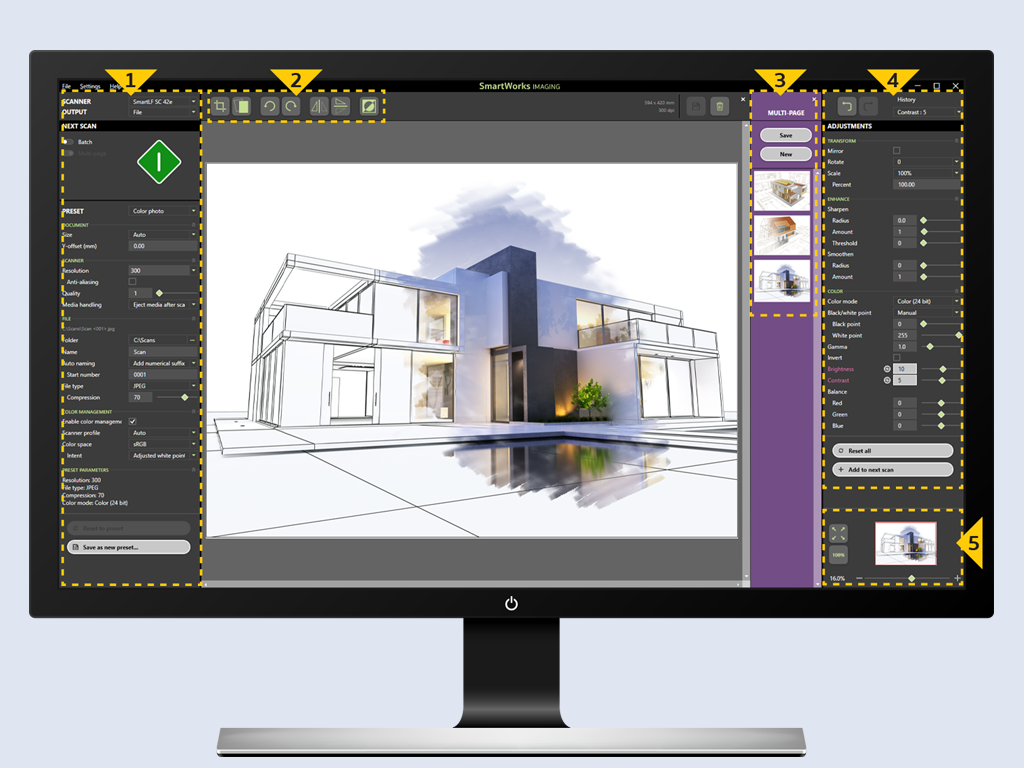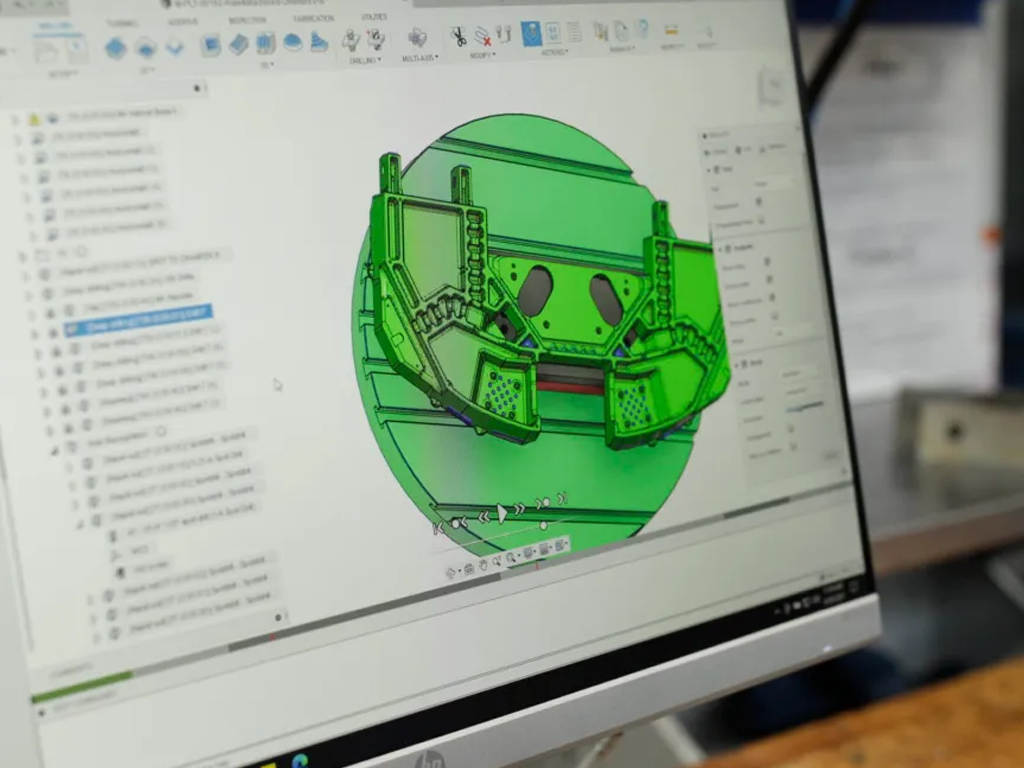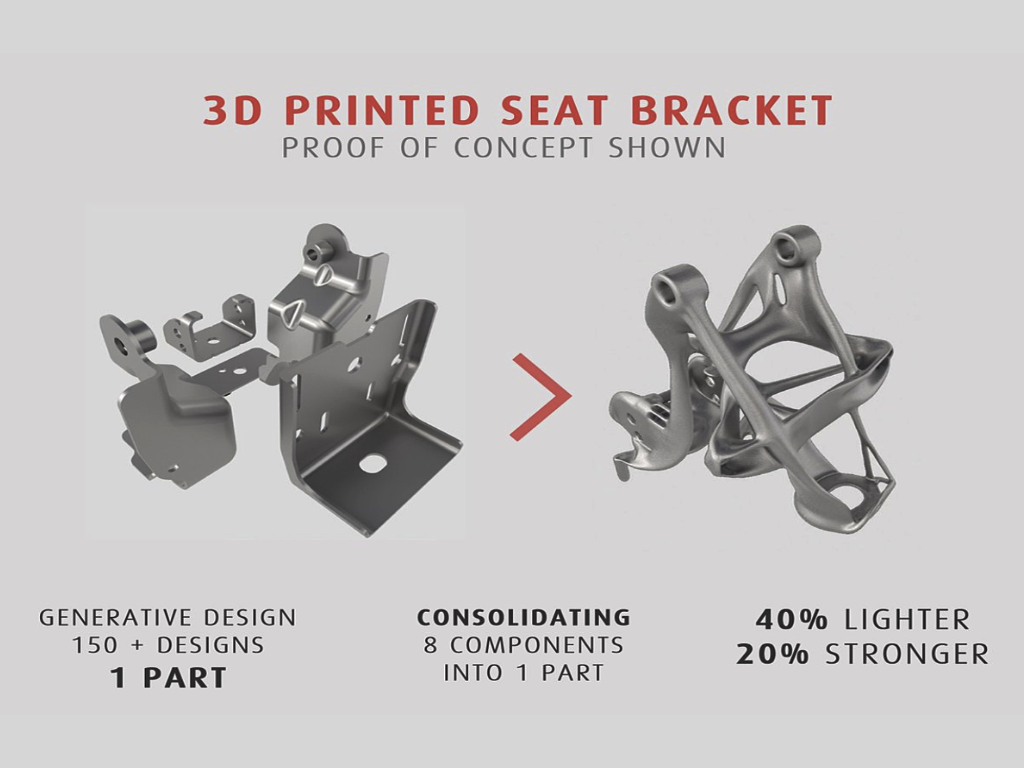Future Trends in CAD/CAM Systems
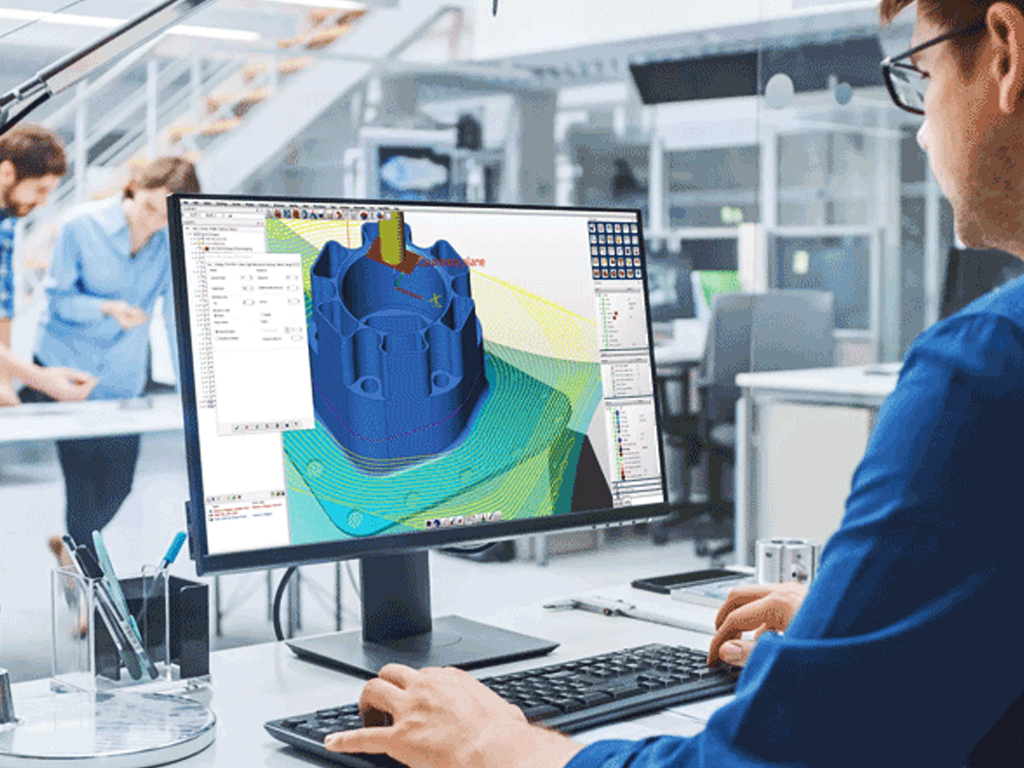
Revolutionizing Design and Manufacturing
In the ever-evolving world of design and manufacturing, Computer-Aided Design and Computer-Aided Manufacturing (CAD/CAM) systems have played a pivotal role in transforming ideas into tangible products. From simple 2D drawings to complex 3D models, CAD/CAM systems have been instrumental in enhancing efficiency, accuracy, and productivity across various industries. As we step into the future, several exciting trends are set to shape the landscape of CAD/CAM systems, empowering designers and manufacturers to push the boundaries of what is possible. In this article, we will explore some of the key trends that are expected to revolutionize CAD/CAM systems.
Integration of Artificial Intelligence (AI) and Machine Learning (ML)
Artificial intelligence and machine learning are revolutionizing numerous industries, and CAD/CAM systems are no exception. In the future, CAD/CAM software will become increasingly intelligent, leveraging AI algorithms and ML techniques to automate complex design processes, optimize manufacturing workflows, and even predict design flaws or potential manufacturing issues. AI-powered CAD/CAM systems will learn from vast amounts of data, enabling designers and manufacturers to make informed decisions, improve design quality, and reduce time-to-market.
Cloud-Based Collaboration and Accessibility
The future of CAD/CAM systems lies in the cloud. Cloud-based solutions offer unprecedented flexibility, enabling designers and engineers to collaborate seamlessly across different locations and devices. Cloud-based CAD/CAM platforms allow real-time data sharing, version control, and simultaneous editing, facilitating enhanced collaboration among team members. Moreover, cloud-based systems provide easy accessibility to CAD/CAM tools, eliminating the need for high-end hardware and software installations. This accessibility enables small businesses and individual designers to leverage advanced CAD/CAM capabilities without significant upfront investments.
Generative Design
Generative design is an emerging trend that holds immense potential for CAD/CAM systems. It involves using algorithms to explore and generate numerous design options based on specified constraints and goals. By leveraging generative design, CAD/CAM systems can create optimized and highly efficient designs that were previously unimaginable. These systems can automatically iterate through countless design variations, considering factors like material properties, manufacturing processes, and performance requirements. Generative design not only saves time but also leads to the creation of innovative, lightweight, and high-performance products.
Virtual and Augmented Reality (VR/AR)
Virtual and augmented reality technologies are becoming increasingly sophisticated, and their integration with CAD/CAM systems is set to transform the design and manufacturing processes. VR/AR allows designers to visualize and interact with 3D models in immersive environments, facilitating better design understanding and evaluation. Manufacturers can utilize AR overlays to guide assembly processes or provide real-time information about manufacturing parameters. These technologies enhance communication, reduce errors, and streamline the entire product development lifecycle.
Additive Manufacturing (3D Printing)
Additive manufacturing, commonly known as 3D printing, has gained significant traction in recent years. It offers unparalleled design freedom, reduced material waste, and the ability to create complex geometries. CAD/CAM systems will continue to evolve to support and optimize additive manufacturing processes. Advanced CAD/CAM software will enable seamless integration with 3D printers, providing features like automatic support generation, lattice structure design, and material optimization. As additive manufacturing becomes more accessible and cost-effective, CAD/CAM systems will play a crucial role in unlocking its full potential.
The future of CAD/CAM systems is a promising one, driven by technological advancements and changing industry demands. The integration of AI and ML, cloud-based collaboration, generative design, VR/AR technologies, and additive manufacturing will reshape the design and manufacturing landscape. These trends will empower designers and manufacturers to streamline their workflows, reduce costs, and bring innovative products to market faster than ever before. Embracing these trends will undoubtedly be a key competitive advantage for businesses seeking to stay at the forefront of the rapidly evolving design and manufacturing industry.
